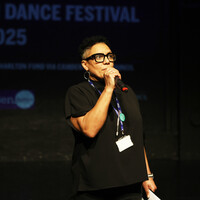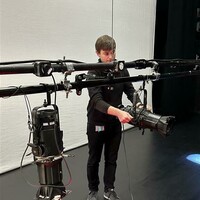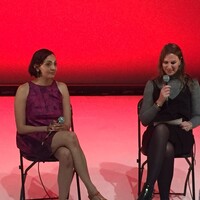"To be trusted with this material is something I’ll never forget" MA Dance: Performance students reflect on collaborating with Akram Khan Company
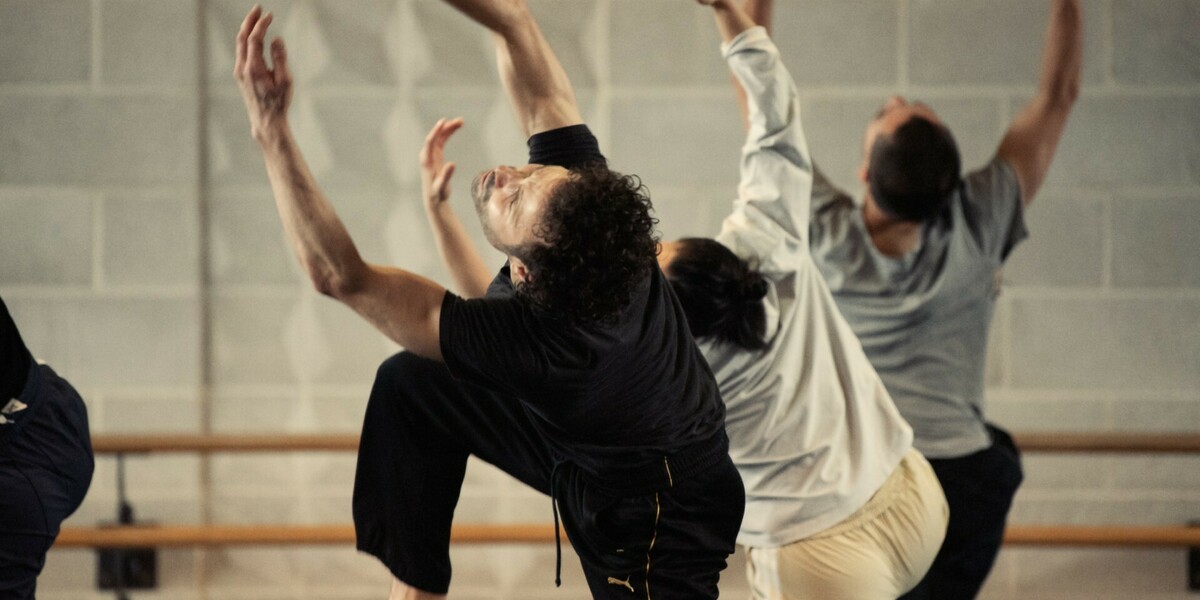
News Story
Over four intensive weeks, MA Dance: Performance students have explored the distinctive movement vocabulary and creative process of choreographer Akram Khan, studying extracts from two of his company’s acclaimed works: Jungle Book reimagined and iTMOi. In this blog students reflect on their journey of understanding the values and processes that underpin this specific choreographic language and creative practice, and how it has enriched their learning and understanding of their craft.
“There is a very specific entry point to Akram’s work”, Mavin Khoo (Creative Director of Akram Khan Company) said in a conversation with my cohort preceding the four weeks we would spend learning with them. As he and rehearsal director Angela Towler talked to us, it was clear that we would be stepping into a universe - one grounded in the portrayal of history and memory and equally a mirror of our world today - sacred to each dancer that has performed Khan’s work. Having watched a couple of his pieces, I am always left with a sense of nostalgia for a time that has passed and have always wanted to emulate that feeling in the way I move. So being given the chance to learn and perform his repertoire is incredibly inspiring and meaningful.
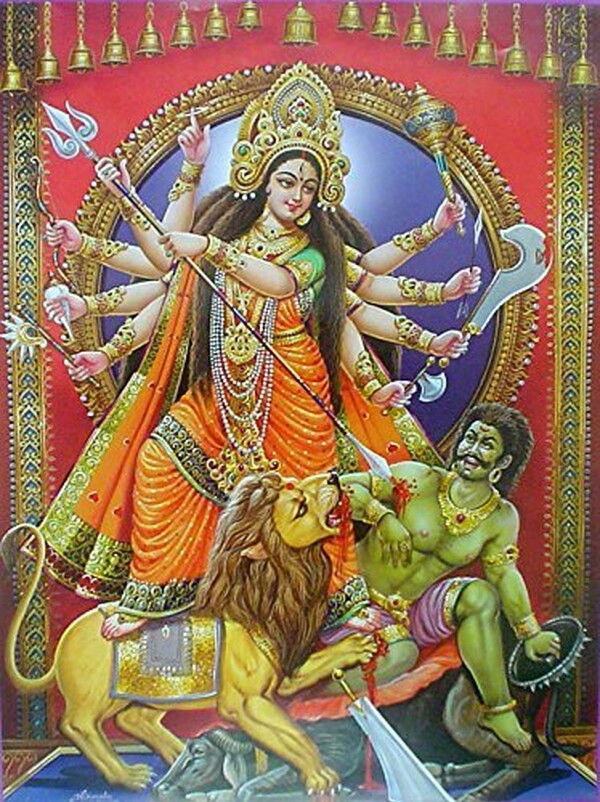
During our first week learning Jungle Book reimagined, what was most evident was the great care in which we were being taught. Care to uphold the integrity of the work - its specificity in detail and intention - and for our body’s capability to express. In essence, we are learning a movement language that seamlessly weaves the dynamic, gesture-heavy storytelling of Indian classical dance, the rhythmic patterns of Indian classical music and the expansiveness of contemporary dance. More than just learning the pieces, this process encourages each dancer to stand firmly in the responsibility we have as performers to the maker of the work, to the audience and to ourselves, in committing honestly to the embodiment of the movement and story.
Raised in India and being half-Bengali (from Kolkata), I find myself associating my time in rehearsal with my childhood. In Jungle Book reimagined, the use of hand gestures to portray animals reminds me of the deer and elephants from the Panchatantra tales I used to read as a child, and the act of holding a spear (to reference ‘man’) with stories from Hindu mythology, of goddess Durga Ma slaying Mahishasura. The motion of the wrists in iTMOi takes me back to the many times I have watched my grandmother pleat her saree. Although these images might not be what inspired these creations, it is a reminder to me of where I come from and of my heritage that I regret not engaging with as much as I should have. Though, by stepping into this world, I feel more connected to my culture than ever before.
Vidushi D'Souza

The process felt deeply rooted in discipline, community, and admiration - values that lie at the core of Akram Khan Company’s creative philosophy. Working under the supervision of Angela Towler, Mavin Khoo and members of the creative team offered an authentic glimpse into Akram’s world, one built on rigour, generosity, and storytelling through the body. It was a process that was demanding to execute with technical precision and emotional honesty, encouraging me to move beyond my habitual ways of working, and to uncover a deeper sense of purpose and connection through movement.
Engaging with repertoire from The Jungle Book reimagined and iTMOi revealed how Khan’s work fuses classical form with contemporary language, where myth and humanity coexist. Each rehearsal became a dialogue between discipline and imagination, between the individual and the collective. We were challenged to not only execute choreography but to embody meaning, to understand how each gesture could serve the narrative and the emotional landscape.
Witnessing a choreographic process that, in the company, can take years to refine and evolve, condensed into four-weeks was admirable. Despite the short time frame, the integrity of the process was never lost. We were invited to experience the layers of creation, from exploring rhythm to embodying emotion.
Through this journey, I discovered how discipline can be an act of devotion and how storytelling through movement can become a means of self-discovery. It pushed my artistic availability and revealed new aspects of myself as a dancer and as a human. To be trusted with this material is something I’ll never forget. It felt like a full-circle moment, the 14-year-old me, sitting in awe watching Akram Khan’s work for the first time, could never have imagined that one day he’d be inside that world, moving through the same stories that first ignited his love for dance.
What this experience revealed most was the sense of responsibility that comes with performing such work. We don’t do it for ourselves alone, but because we owe it to the creator who imagined it, and to those who come to witness it. Each rehearsal became an act of respect, for the story, the craft, and the community it builds.
It taught me that artistry is not just about ability, but about generosity and purpose. This experience has become a reminder of what’s possible when passion is guided by integrity, and when dance becomes a way of honouring something greater than yourself.
Pryde Cavanagh
